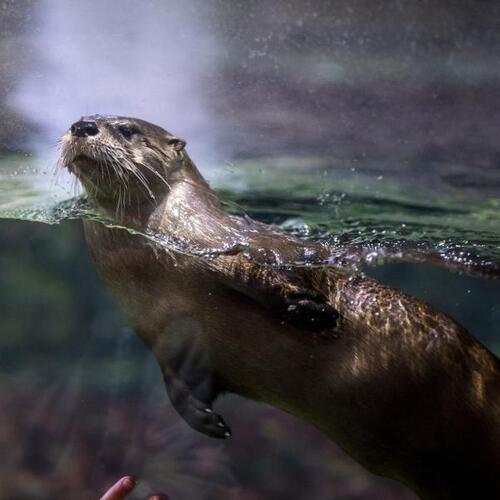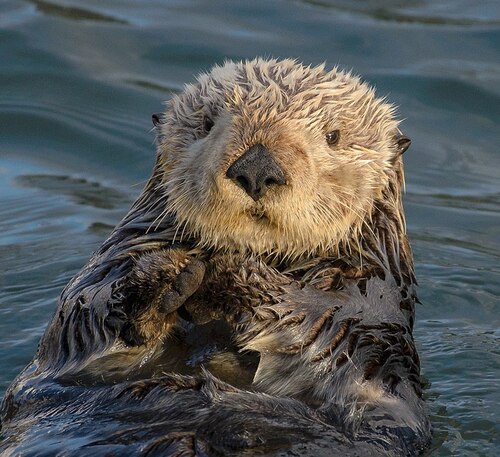Otters are beloved members of the weasel family, showcasing playful behavior and remarkable adaptability. Two notable types are the river otter and the sea otter, each thriving in distinct environments and exhibiting unique characteristics. This article explores the differences between these two species, highlighting their habitats, diets, behaviors, and more.

| Feature | River Otter | Sea Otter |
|---|---|---|
| Habitat | Freshwater rivers, lakes, and wetlands | Coastal marine environments and oceans |
| Size | Typically 50–100 cm (20–39 inches) long; weight: 5–14 kg (11–31 lbs) | Larger, 60–100 cm (24–39 inches) long; weight: 50–100 kg (110–220 lbs) |
| Fur | Dense, dark brown fur, waterproof | Thick, soft fur (up to 1 million hair follicles per square inch) |
| Diet | Carnivorous; fish, amphibians, crustaceans, and small mammals | Carnivorous; primarily sea urchins, crabs, clams, and fish |
| Behavior | Social; often seen in family groups | More solitary, though can be found in groups called rafts |
| Adaptations | Agile swimmers; can dive and hold breath for several minutes | Uses tools (like rocks) to crack open shells; excellent at regulating body temperature |
| Reproduction | Breeding season in late winter to early spring; 2–6 pups per litter | Breeding season year-round; 1–3 pups per litter, often kept on the mother's belly |
| Lifespan | 8–9 years in the wild | 15–20 years in the wild |
| Conservation Status | Least Concern | Endangered in certain regions due to habitat loss and pollution |

Habitat: River otters thrive in freshwater environments, while sea otters inhabit coastal areas, relying on the ocean for food and shelter. This difference in habitat affects their adaptations and behavior significantly.
Size and Weight: Sea otters are considerably larger than river otters, reflecting their different lifestyles. The greater size of sea otters aids in their buoyancy and helps them stay warm in colder waters.
Fur Characteristics: Sea otters have an incredibly dense fur coat that keeps them warm in chilly ocean waters. In contrast, river otters have waterproof fur that provides insulation in freshwater habitats but is not as dense.
Dietary Preferences: River otters are opportunistic feeders, enjoying a varied diet that includes fish and amphibians. Sea otters primarily feed on marine invertebrates and play a crucial role in maintaining the balance of their ecosystems.
Social Behavior: River otters tend to be more social, often living in family groups, whereas sea otters are more solitary, although they can be seen in groups for resting and feeding.
Adaptations: Sea otters exhibit remarkable tool use, employing rocks to break open hard-shelled prey. River otters, while agile swimmers, lack this tool-using behavior but are excellent divers and can hold their breath for several minutes.
Reproductive Strategies: Both species have different reproductive strategies and breeding seasons, with river otters typically giving birth in spring and sea otters breeding throughout the year.
Conservation Status: While river otters are generally not endangered, sea otters face threats from habitat destruction, pollution, and hunting in certain areas, leading to conservation efforts to protect their populations.
River otters and sea otters, while sharing the same family, exhibit a wide range of differences shaped by their environments and lifestyles. Understanding these distinctions enriches our appreciation for these playful creatures and highlights the importance of conservation efforts to protect their habitats. Whether frolicking in rivers or floating on the ocean's surface, both species contribute significantly to their ecosystems and captivate our imaginations.
animal tags: River-Otter Sea-Otter
We created this article in conjunction with AI technology, then made sure it was fact-checked and edited by a Animals Top editor.